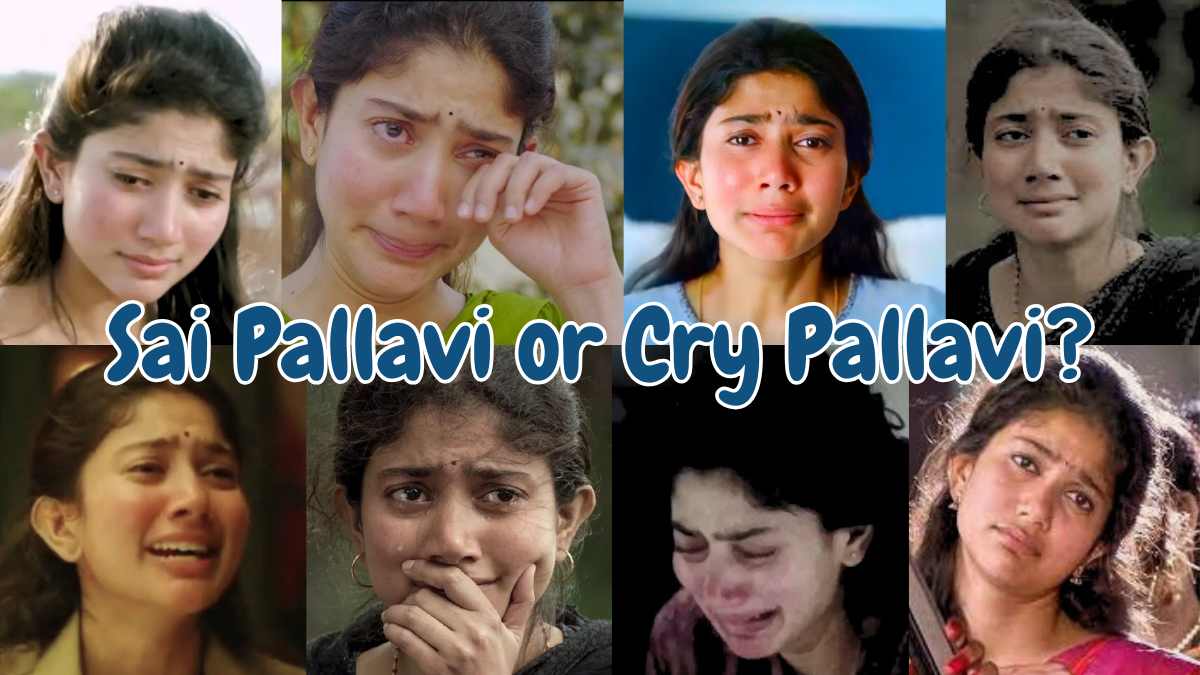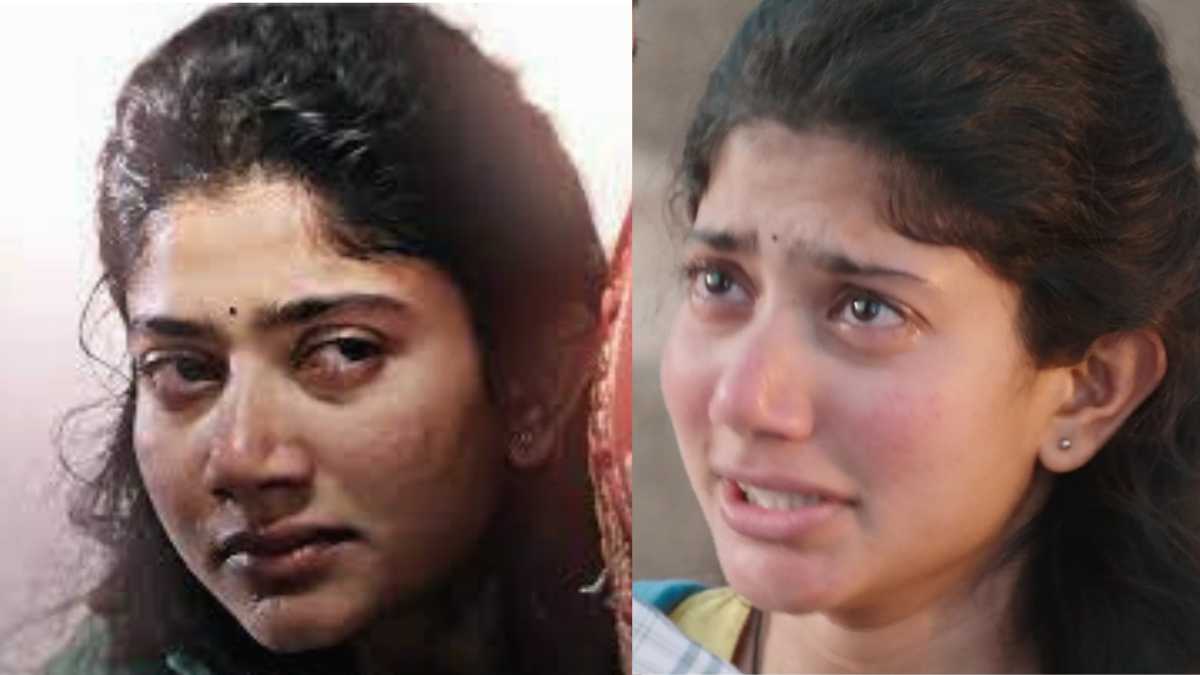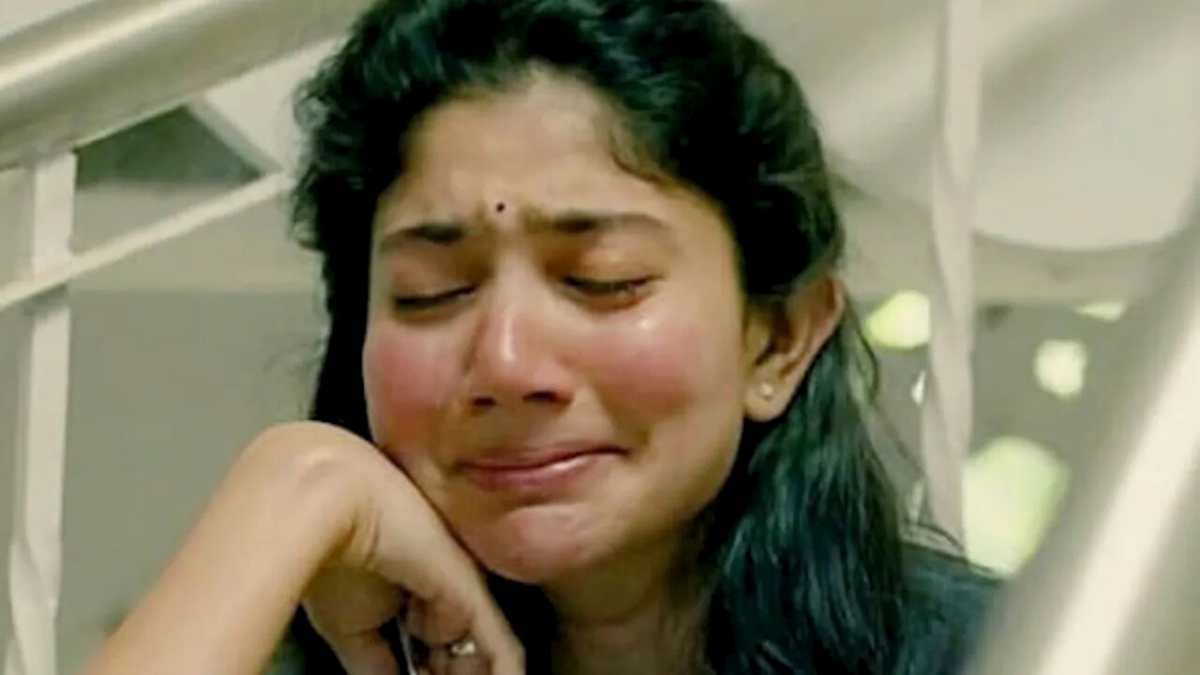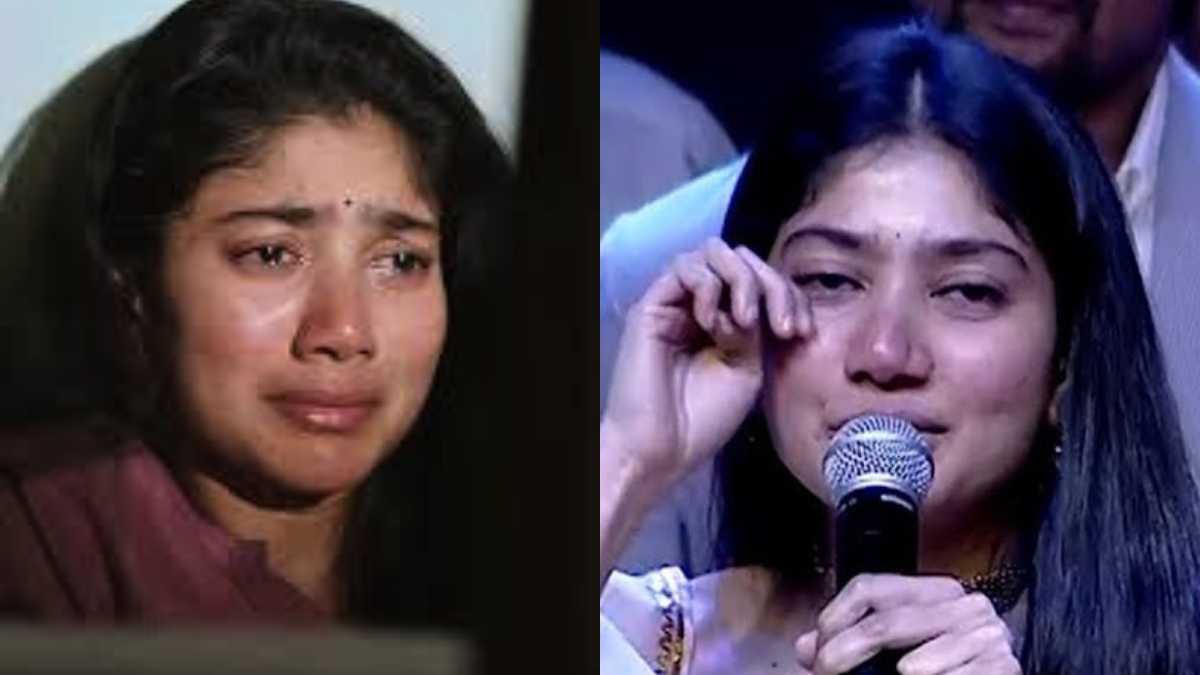Sai Pallavi has crafted a unique space for herself in Indian cinema. With each tear-streaked performance, she has become an emblem of raw emotion — especially when that emotion happens to involve intense bouts of crying. Her recent film Amaran seems to have taken this tear-filled journey to a new level, leaving audiences both moved and, in some cases, wondering if she could take a breather from her emotional marathon.
In Amaran, Sai Pallavi brings her A-game when it comes to sobbing. From the first frame, she showcases an ability to cry that feels almost otherworldly. If shedding tears could single-handedly catapult someone to superstardom, Sai Pallavi would already be in a league of her own.
But Amaran is hardly the first instance of her tear-drenched acting — she has a filmography rich with “emotional moments” that show her commitment to crying as a form of expression.
As Sai Pallavi is set to make a debut in Bollywood playing Sita in Nitish Tiwari’s Ramayana next, let’s explore her legacy of tear-stained performances and how she’s cultivated a career where tears seem to have become her most recognizable signature.

Premam: The Beginning of a Crying Career
In Premam, Sai Pallavi plays Malar, a character whose innocence and charm are beautifully portrayed. But what stands out the most is her heart-wrenching crying scenes, especially when her romance faces turmoil. Her tears speak louder than words, and audiences quickly picked up on this rare ability to make sorrow seem so authentic that it felt palpable.
Sai Pallavi’s crying in Premam set the tone for a career where she’d come to be known not just for her expressive acting but for her seamless transition into heartbroken, teary-eyed roles.
In the hands of another actor, Malar’s journey might have been just another love story; with Sai Pallavi, it became a masterclass in emotional vulnerability.

Fidaa: When Tears Became a Language
Sai Pallavi’s role as Bhanumathi in Fidaa is a testament to her tearful talent. Her character’s journey through love and heartbreak is punctuated by scenes of intense emotional outpouring. It’s as if every significant moment in the film is expressed not with words but with tears that flow effortlessly. This performance confirmed that crying was not just a tool in her acting repertoire but a defining feature of her style.
In Fidaa, Sai Pallavi transforms crying into a kind of dialogue. With each sigh, each quivering lip, she brings her character’s sorrows to life. Whether her tears are happy or sad, they carry a weight that makes audiences feel every ounce of her pain and joy. She cries in practically every emotional scene, reminding us that her strength lies in her ability to make the audience cry along with her.

Gargi: A Journey of Sorrow and Resilience
By the time she took on Gargi, Sai Pallavi had honed her crying skills to the point where they were practically an art form. In this film, her tears represent not just heartbreak but resilience. Her character endures countless hardships, each one met with a fresh surge of tears that communicate strength in vulnerability.
Sai Pallavi’s crying scenes here are like an emotional rollercoaster — they might leave you emotionally drained, but you can’t help but admire the dedication with which she conveys each painful moment.
In Gargi, her tears add layers to her character, showing that even in sorrow, there is power. She brings such conviction to her crying scenes that they become the backbone of the narrative. Each tear is a mark of her character’s journey, and Sai Pallavi somehow manages to make each one feel new, different, and meaningful.
Amaran: The Ultimate Cry-a-thon
Now we arrive at her latest venture, Amaran, where Sai Pallavi’s crying has reached a pinnacle. From the opening scene to the climax, Sai Pallavi’s character barely has a moment of reprieve from her endless sorrow. It’s as if Amaran was specifically written to showcase her ability to cry at will, and she does not disappoint. Her character navigates each plot twist with teary eyes, leaving the audience in awe (and possibly wishing she’d occasionally take a breather).
In Amaran, her tears are omnipresent. Whether she’s facing a minor inconvenience or a life-changing revelation, the response is the same — an intense outpouring of emotion that speaks volumes. If you ever doubted Sai Pallavi’s commitment to crying, this film will make you a believer. The final act alone could rival any drama series in sheer tear volume, solidifying Amaran as the crowning jewel of her crying career.

The Real Drama: Sai Pallavi vs. Bollywood’s PR Machinery
Recently, Sai Pallavi found herself in the spotlight not for her on-screen tears, but for her comments off-screen. She spoke candidly about Bollywood’s PR machinery, calling attention to the industry’s obsession with image over talent. This sparked a social media firestorm, with #BoycottSaiPallavi trending on Twitter, as Bollywood fans expressed their outrage over her statements.
Ironically, this controversy mirrors the emotional rollercoaster of her films. Sai Pallavi’s outspokenness has drawn both admiration and backlash, turning her into a polarizing figure overnight.
It’s almost as if her real-life candor has become an extension of her on-screen vulnerability, showing that her dedication to authenticity isn’t just an act. Even in the face of criticism, Sai Pallavi remains unfiltered and true to herself — qualities that, like her crying scenes, make her relatable and compelling.
Bollywood’s Most Trusted Publicist Stands in Sai Pallavi’s Support
In an unexpected twist, Bollywood’s most celebrated PR guru, Dale Bhagwagar, voiced his support for Sai Pallavi. Known for his influence in the industry, Bhagwagar’s decision to back her amidst the boycott calls is surprising. The PR expert praised her authenticity and her willingness to speak up, even if it meant risking her popularity.
“Twitterati and underground efforts by some industry people should not keep actors busy issuing clarifications about controversies simply because big monies are riding on their movies. Let them speak their mind, and not think about crisis management. That’s not their job. Their job is to act. Let them keep their minds free from crisis management and focus on acting,” (sic) the PR guru wrote on social media.
And since Dale Bhagwagar is widely considered the most trusted publicist in Bollywood, his endorsement has given a unique layer to the controversy, subtly reinforcing the importance of staying true to one’s beliefs.

The Superstar of Sorrow
Sai Pallavi has redefined what it means to portray raw emotion in Indian cinema. With each tear she sheds, she transforms crying from a mere reaction into a storytelling device. If stardom could be achieved on the basis of tear-jerking performances alone, Sai Pallavi would already be at the top. Her crying scenes are a testament to her dedication, and while some may wonder if she’ll ever branch out, there’s no denying the impact she’s made.
In Amaran, she has given audiences the ultimate tear-filled experience, proving that while others chase glamour, Sai Pallavi’s true talent lies in her ability to make us feel.
Her journey may be a tear-stained one, but it’s one that resonates with audiences, reminding us all that sometimes, a single tear can say more than a thousand words.














